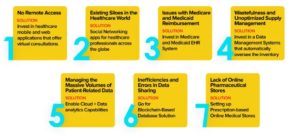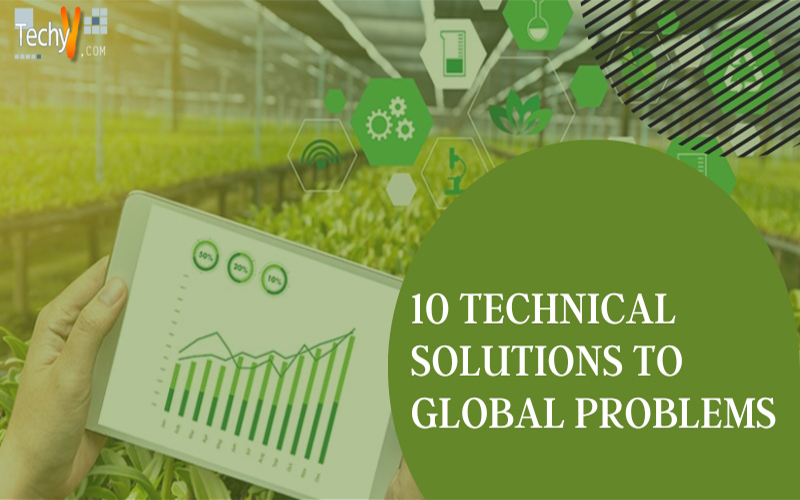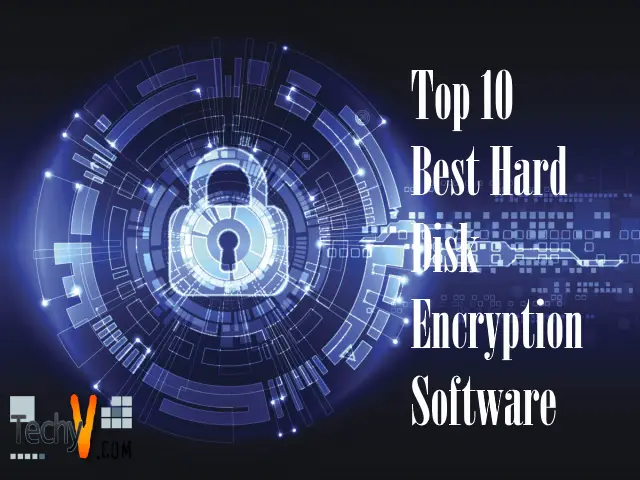How to solve problems with Technology?
Big issues represent larger opportunities. Energy, robotics, quantum computing, synthetic biology, telemedicine, AI, cloud education, and NUI code will solve the global issues.
1. Public Safety
- Modern streetlights with cameras, microphones, and sensors use computer vision to gather intelligence about traffic, accidents, and crime. In an exceedingly crisis, they can call for help and direct individual to safety.
- Smart traffic signals improve urban mobility by analyzing traffic conditions, changing their timing, and easing congestion. During emergencies, they give first responders the right of way.
- Intersections are capturing and analyzing traffic patterns, detecting risks, and warning against imminent accidents, reducing crashes and injuries.
- Emergency vehicles are capture and share video, audio, and vehicle telemetry, giving dispatchers a real-time view of the field.
- Buildings are monitoring access, reviewing video feeds, and running environmental systems. An emergency, they can share camera feeds and building data with public safety officers.

2. Farming
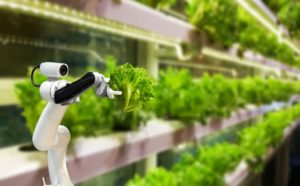
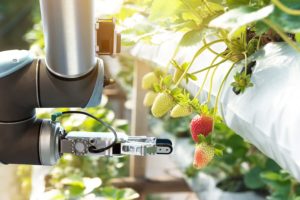
Agricultural corporations use sensible farming technologies, monitoring, tools testing, soil, and weather measurements to enhance potency, productivity, and decision-making of daily work.
- GIS-Based Agriculture
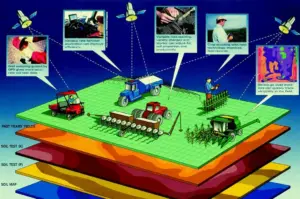
Using GIS software, farmers can understand current, and future changes in temperature, precipitation, plant health. It permits the use of GPS-based applications in modern machinery to optimize fertilizer and pesticide application.
- Precision Agriculture
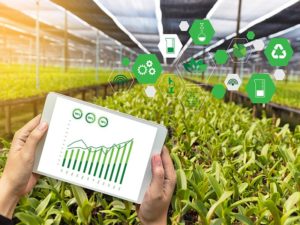
New precision agriculture companies are developing technologies that allow farmers to maximize yields by controlling every variable of crop farming like moisture levels, pest stress, soil conditions, micro-climates.
- Artificial Intelligence
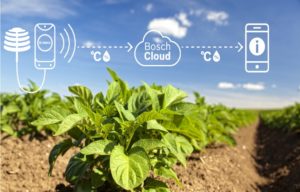
Remote sensors, satellites, and UAVs can gather data 24 hours over a field. It permits algorithms to interpret the field’s environment as statistical data that helps farmers for decision-making. It observes plant health, temperature, humidity, soil condition, etc.
- See & Spray Technology and Machine Learning
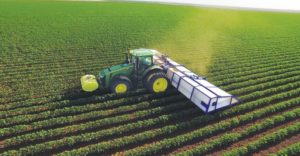
Machine learning is the ability of a computer to accumulate data regarding associate action or a factor and build choices on its own.
3. Earthquake prediction
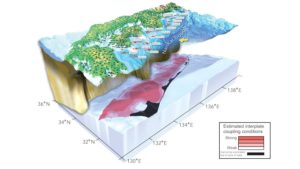
A new measurement approach
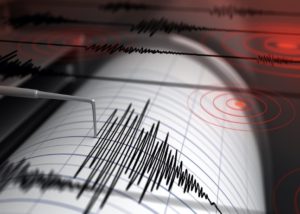
A new approach to get seafloor geodetic information is a seafloor observation network using a combined World Navigation Satellite System (GNSS) and ranging acoustic technique. It detects interplate earthquake cycles and various slow-slip events on interplate boundaries.
4. Communication
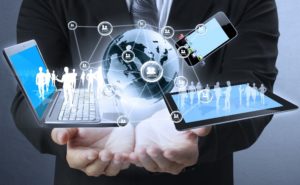
This age of COVID-19 has hit societies and economies globally, the world has been forced to adapt to speedy sharp changes.
Communication systems –
- Wired communication
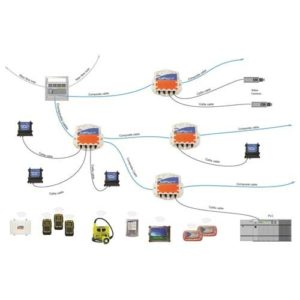
- wireless communication
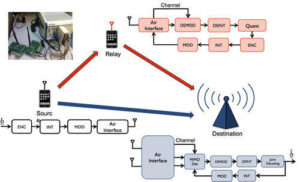
There are several applications to extend potency and permit staff to access data at their convenience. Implement coaching with new tools to ensure employees can adapt to new systems and to assist increase engagement and productivity.
5. Ocean clean-up
Trialing technologies Ocean Systems 001 and 001/B, any scale model tests, North Sea image testing, and computer modeling Following System 001/B, that used a parachute anchor to keep the system moving slower than the plastic. We tend towards a new approach that uses active propulsion to continuously move faster than the plastic (System 002).
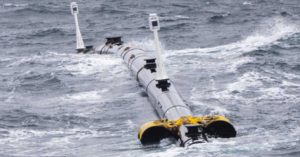
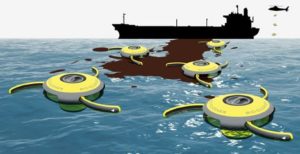
- Recycling Technologies
British company Recycling Technologies are improving a revolutionary technology to recycle this which referred to as Plaxx.
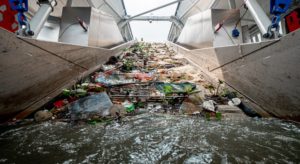
6. Grid-scale energy storage
It is a set of strategies for energy storage on an large scale within an electrical power grid. It store current once the demand is low and later returned to the grid once the demand is high.
The biggest type is dammed hydroelectricity with conventional hydroelectric generation and pumped storage hydroelectricity.
Battery storage has viable projects to store energy throughout peak production and release it throughout peak demand.
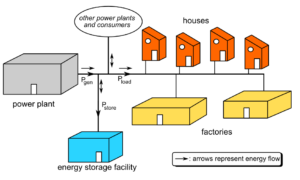
Advantages:
- Fuel-based powerhouses can efficiently operate at constant production levels.
- Electricity generated by intermittent sources to store.
- Peak generating or transmission capability will be reduced by the total potential of all storage, deferrable loads, saving the expense of this capacity.
- Emergency preparations – essential desires can meet reliably with no transmission or generation going on while non-essential needs delay.
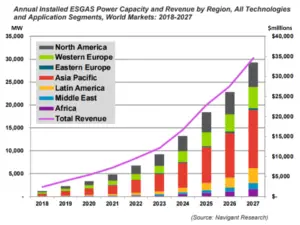 7.Carbon appropriation
7.Carbon appropriation

- Carbon capture
Carbon capture has demonstrate in Industrial processes and includes coal gasification, ethanol production, fertilizer production, natural gas processing, refinery hydrogen production, coal-fired power generation.
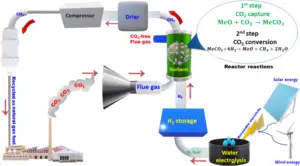
- Power generation
Nuclear power manufacturing electricity freed from carbon emissions.
Canadian company aims to be the primary within the world to create viable nuclear-fusion-energy powerhouse.
- Transport (23% of worldwide energy-related CO2 emissions)
Powering vehicles with electricity, but we need more efficient batteries and battery-charging technology. New materials are providing an alternative to battery power that will be 1,000-10,000 times more robust than the prevailing battery.
- Manufacturing (30% of emissions from factories)
Carbon engineering is taking CO2 from the atmosphere & using it to produce fuel.
Direct air capture can take away more CO2/acre of a land footprint than trees.
8. Education
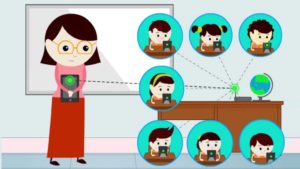
Technically advanced classroom with the subsequent IoT systems:
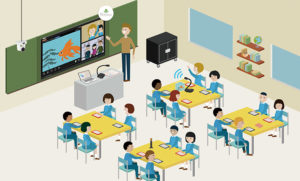
- Interactive whiteboards
- Automated attendance systems
- Student ID cards
- Temperature and environmental sensors
- Smart, efficient lighting and prophetic maintenance for infrastructure
- Smart HVAC systems
- Wireless door locks and internment protocols
- Security systems
Online education technology:

- Digital and Comprehensive Online Assessments
- Inheriting BlockChain mechanism to Education Technology
- Personalized Learning
- AI-based personalized Analysis of Individual
- Revolution in Exam Management with Education Technology
- Virtual Reality in Education Technology
9. Climate change
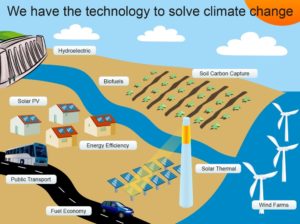
Smart town and IoT technology make more efficient buildings and streets, smart lighting to pollution-free air cooling and heating systems. These applications can measure and improve the use of electricity and water.
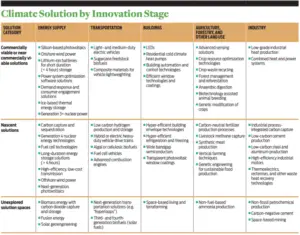
10. Healthcare
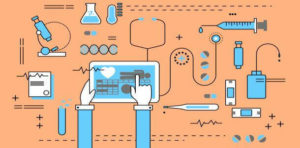
The digitization of healthcare facilities moved into efficient Electronic medical records(EMRs), permitting clinicians to access records from any place and interact with patients and colleagues to supply collaborative care. EMRs improve the patient experience, reduce hospital prices, and lead to higher quality care. Solutions include counterfeit drug interference, validation and payment of claims, and rising the accountability and transparency of clinical trials.
Some health issues that technology can solve –
